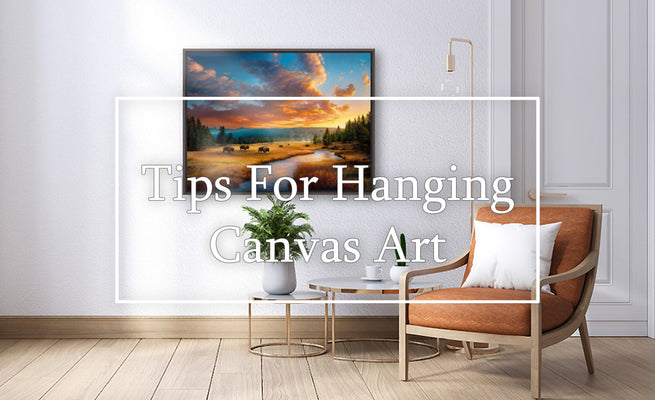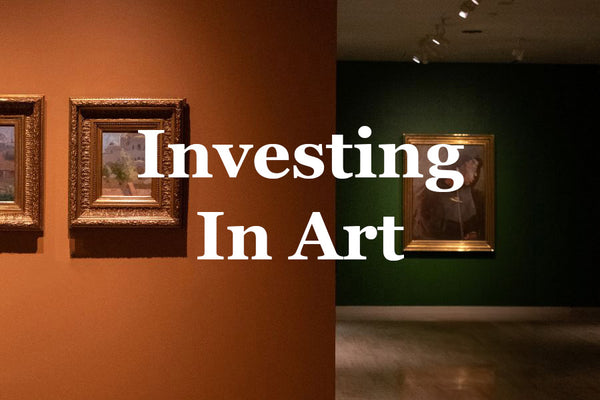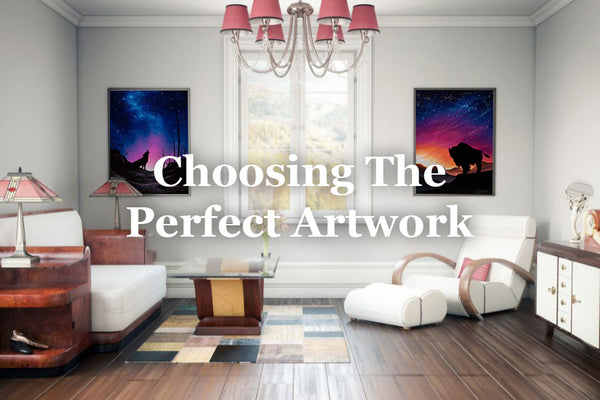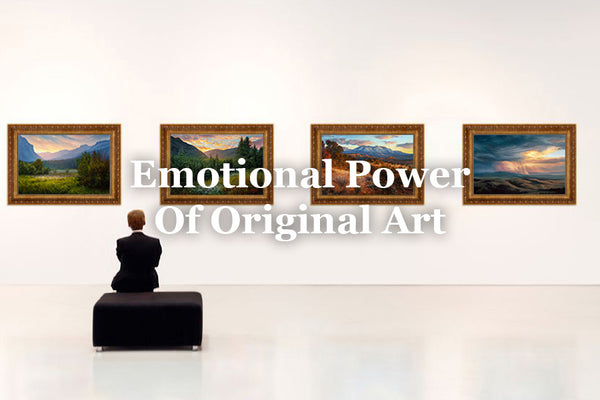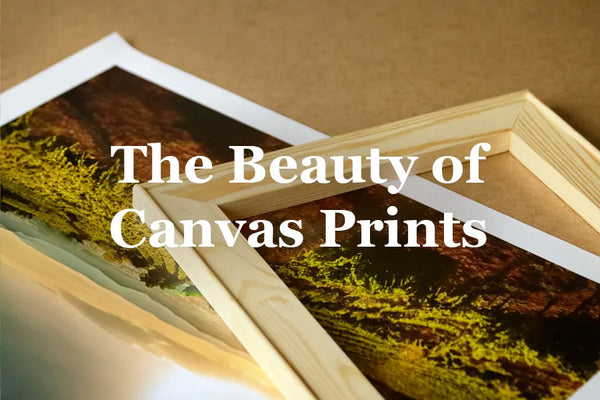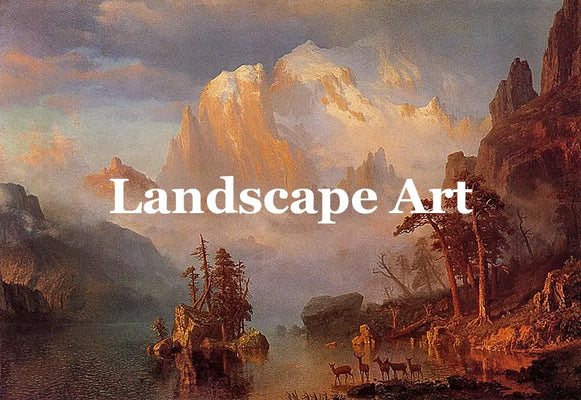A true masterpiece artwork goes beyond the mere visual appeal or strokes of paint on canvas, it weaves a tale that resonates with the soul. In this article, we'll talk about the profound connection between storytelling and art, revealing the secrets behind how artists craft narratives to produce captivating visuals.
 "Starry Night" Oil Painting by VanGogh, 1889 {{PD-US}}
"Starry Night" Oil Painting by VanGogh, 1889 {{PD-US}}
The Magic of Storytelling in Art
Storytelling has been central to human culture since the dawn of civilization. From ancient cave paintings to contemporary digital artworks, every piece of art holds a story that mirrors the world and aims to speak to the viewer on a deeply personal level. By understanding this narrative element in artwork, we can further our appreciation of art, connecting more with the artist's vision and the message they seek to convey.
How Artists Convey Stories Through Their Work
One of the most magical aspects of art is its ability to tell stories without uttering a single word. Yet, how exactly do artists manage to weave compelling narratives into their creations? The answer lies in a blend of technique and imagination, fueled by a keen eye for detail and a poetic touch. Here are some techniques that artists employ to bring their stories to life, making your future encounters with art a richer, more meaningful experience.
 "The Arnolfini Portrait" Painting by Jan van Eyck, 1434 {{PD-US}}
"The Arnolfini Portrait" Painting by Jan van Eyck, 1434 {{PD-US}}
Symbolism: The Hidden Language
Imagine standing in front of Jan van Eyck's "The Arnolfini Portrait" as shown above. On the surface, it seems like a straightforward depiction of a couple. But delve deeper, and you’ll notice numerous symbols: the convex mirror reflecting the room, the small dog signifying loyalty, and the fruit on the table suggesting fertility. Symbolism allows artists to embed layers of meaning, turning a static image into a dynamic narrative.
Composition: The Guiding Hand
Ever wonder why your eyes are drawn to certain parts of a painting? That's the magic of composition at work. Through careful arrangement of elements like lines, shapes, and focal points, artists guide your gaze through the artwork. This visual journey often aligns with the story they wish to tell, making composition an integral part of narrative storytelling in art.
Color: The Emotional Palette
Color isn't just about aesthetic appeal; it's a powerful storyteller. Van Gogh's "The Starry Night" captures this masterfully. The swirling blues and yellows aren’t just a whimsical choice; they evoke the emotional turbulence the artist was experiencing at the time. Each color can represent a myriad of emotions, historical contexts, or cultural nuances, all serving to deepen the story within the artwork.
 "Liberty Leading the People" Oil painting by Eugène Delacroix, 1830 {{PD-US}}
"Liberty Leading the People" Oil painting by Eugène Delacroix, 1830 {{PD-US}}
Context: The Unseen Narrative
The importance of the context in which an artwork is created can't be overstated. For example, as shown above, take Eugène Delacroix's "Liberty Leading the People." On its own, the painting is a powerful image of a woman leading a diverse group of people. However, knowing that it was painted to commemorate the July Revolution of 1830 in France provides a whole new layer of meaning. In the context of the revolution, the woman becomes Liberty herself, and the people following her represent a cross-section of French society, united in the fight for freedom. This background knowledge enriches the narrative woven into the painting, making its story even more compelling.
Subtext: Between the Lines
Art often tells more than one story; there's the obvious narrative and then there's the subtext. Artists love leaving clues that hint at deeper stories or personal struggles. For instance, "American Gothic" by Grant Wood may appear as a simple, straightforward portrait of a farmer and his daughter, but the pitchfork, the stern faces, and the Gothic window in the background all suggest deeper narratives about American rural life and its complexities.
 "American Gothic" by Grant Wood, 1930 {{PD-US}}
"American Gothic" by Grant Wood, 1930 {{PD-US}}
The Harmony of Elements
In essence, artists are like composers, blending these elements in harmony to create an overarching story. They use symbolism, composition, color, and context as instruments in an orchestra, each contributing to the final symphony of visual storytelling. When you begin to recognize these aspects, your experience of art evolves from a mere aesthetic appreciation to an insightful dialogue. And that, truly, is the magic of art.
 "The Birth of Venus" Painting by Sandro Botticelli, 1486 {{PD-US}}
"The Birth of Venus" Painting by Sandro Botticelli, 1486 {{PD-US}}
Art: An Investment that Tells Your Story
When you decide to invest in original art or an art print, you’re not just buying a piece of décor, you’re acquiring a unique story. These should be the stories you connect with and wish to share in your personal space. This narrative forms an intrinsic part of your home or office, telling your own tale through the pieces you collect or display.
 "Beneath The Glory" Oil painting by Chuck Black
"Beneath The Glory" Oil painting by Chuck Black
Why Art Prints Can be a Great Choice
For those who appreciate art but are not ready to invest in an original piece, art prints can be an excellent option. High-quality art prints retain the same vivid storytelling elements of the original work at a more accessible price point. They offer an affordable way to bring artistic narratives into your space, providing an aesthetic and conversational appeal.
Unveiling the Power of Artistic Storytelling
Whether it’s an original painting or a high-quality print, the power of storytelling through art cannot be underestimated. These art pieces serve as windows into different cultures, historical eras, and emotions, adding richness and depth to any space. Let's celebrate this powerful connection between storytelling and art as we seek to make our surroundings more vibrant and meaningful.
 "Lakeside Memories" Canvas Art Print
"Lakeside Memories" Canvas Art Print
The art you choose to display in your home or office is more than a decoration. Artwork is a reflection of your personal story, your values, and your aesthetic taste. So, the next time you consider purchasing an original artwork or an art print, remember the profound connection between storytelling and art, and let it guide you to the perfect artwork.


